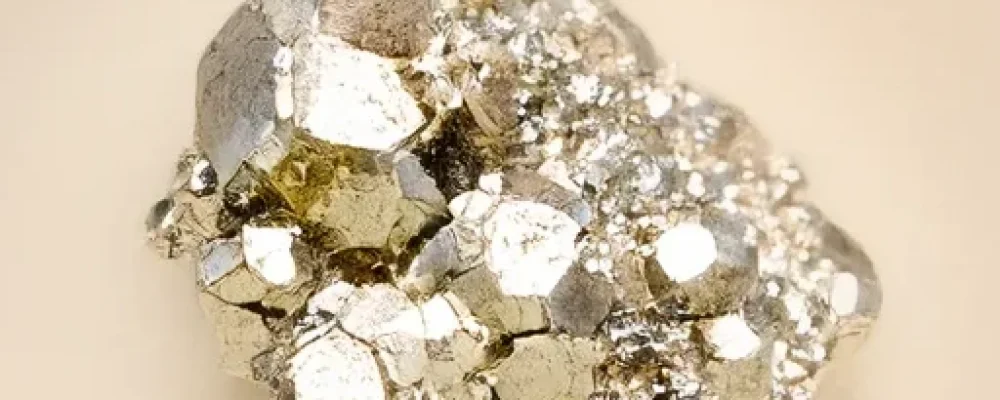The Science Behind Crystals: Formation and Structure
Crystals are fascinating solids characterized by a highly ordered atomic structure. Their formation and structure are governed by various scientific principles, which contribute to their unique properties and appearances. Crystals can be broadly categorized into two types: natural and synthetic. Natural crystals form through geological processes over millions of years, while synthetic crystals are created in laboratories under controlled conditions.
The formation of crystals is a complex process influenced by several factors, including temperature, pressure, and the chemical environment. When a liquid cools or a gas condenses, the atoms or molecules within can arrange themselves into a repeating pattern, forming a crystalline structure. This process, known as crystallization, can occur in different environments, such as cooling magma, evaporating water, or precipitating from a solution.
The atomic arrangement within a crystal is what gives it its distinctive shape and properties. At the microscopic level, crystals consist of a lattice structure where atoms or molecules are positioned in a specific, repeating pattern. This ordered arrangement results in the crystal’s unique geometric shapes and physical characteristics, such as hardness, cleavage, and optical properties. For instance, quartz crystals typically form hexagonal prisms, diamonds have a tetrahedral structure, and salt crystals exhibit a cubic form.
Scientists employ various methods to study and categorize crystals, with X-ray diffraction (XRD) and electron microscopy being among the most notable techniques. X-ray diffraction involves directing X-rays at a crystal and analyzing the resulting diffraction pattern to determine the atomic arrangement. Electron microscopy, on the other hand, uses a beam of electrons to capture highly detailed images of the crystal’s surface and internal structure. These methods enable researchers to gain a deeper understanding of the crystal’s properties and behavior.
Common examples of crystals include quartz, known for its widespread use in jewelry and electronics; diamonds, valued for their unparalleled hardness and brilliance; and salt, an essential mineral for human consumption. Each of these crystals showcases the diversity and complexity of crystalline structures, making them a subject of ongoing scientific interest and exploration.
Cultural and Healing Significance of Crystals
Throughout history, crystals have held a place of profound importance across various civilizations and traditions. These natural formations have been revered not only for their aesthetic beauty but also for their purported metaphysical properties. In many cultures, crystals were believed to possess healing powers, spiritual significance, and protective capabilities.
In ancient Egypt, for instance, crystals were integral to religious ceremonies and daily life. Egyptians used crystals like lapis lazuli and carnelian to make amulets and jewelry, believing these stones could protect them in both life and death. Similarly, in ancient Chinese culture, jade was highly valued for its supposed ability to promote longevity and bring good fortune. Jade artifacts were often buried with the dead to ensure safe passage to the afterlife. In Hinduism and Buddhism, crystals such as quartz and amethyst are used in meditation and prayer, believed to enhance spiritual energy and concentration.
Popular beliefs surrounding crystals often center on their ability to balance energy and promote healing. Amethyst, for example, is thought to calm the mind and spirit, aiding in relaxation and emotional balance. Rose quartz, known as the “stone of love,” is believed to open the heart chakra, encouraging self-love and attracting positive relationships. Anecdotal evidence abounds, with individuals sharing personal stories of how these crystals have helped them navigate emotional and physical ailments.
In modern times, crystal healing has seen a resurgence, particularly within alternative medicine. Many people turn to crystals to complement traditional medical treatments, seeking to harness their reputed energy-balancing properties. The use of crystals in practices like Reiki and chakra balancing is increasingly common, with practitioners claiming benefits such as reduced stress, improved mental clarity, and enhanced overall well-being.
However, the scientific community remains largely skeptical of the metaphysical claims associated with crystals. While some studies suggest that the placebo effect may play a significant role in the perceived benefits of crystal healing, there is little empirical evidence to support the idea that crystals possess intrinsic healing properties. Despite this, the enduring fascination with crystals continues to bridge the gap between ancient traditions and contemporary holistic practices.
